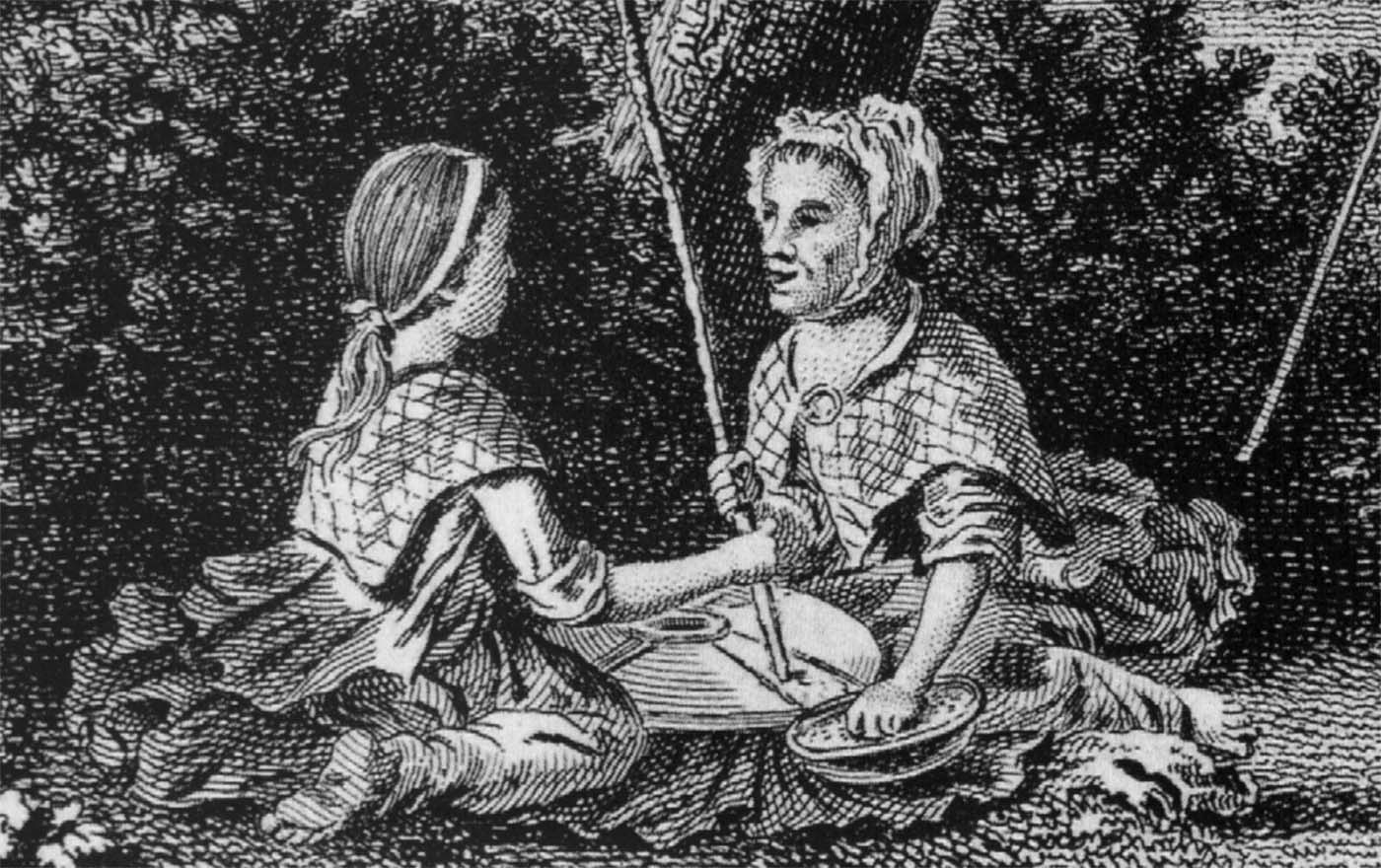There are not many first-hand accounts of the earliest days of Benezette, but Erasmus Morey can be credited as the town's first historian. He was born in Charlton, Massachusetts on May 16th, 1796 and moved to Pennsylvania in 1813 where he settled on the Bennett's Branch near Trout Run. In April 1815 he purchased 379 1/2 acres at the mouth of Trout Run where he built a grist mill. He sold this place to Reuben and Ebenezer Winslow in 1827. His story was published in History of the counties of McKean, Elk, Cameron and Potter, Pennsylvania, 1890, by Michael A. Leeson.
Axes and hoes were clumsily made by the rough blacksmith. Grain and hay were stacked in the fields or yard or put into round-log barns. Threshing was done with flail, or trampled out with oxen or horses; the grain was separated from the chaff by winnowing it through the meshes of a riddle, made for the purpose, while the breezes would carry away the chaff; or in a calm, two persons would raise and maintain a blast by a dexterous swinging movement of a double linen bed sheet, while the third person would winnow the thrashed grain from the riddle.Corn and buckwheat were sometimes ground on hand-mills, and sifted through sieves made from dressed perforated sheep or deer skins, drawn over a wide oaken hoop. The nether or bed stone in the hand-mills was fixed to a bench constructed for the purpose, and the upper or runner stone was made to revolve on its spindle by means of a pole, the upper end of which was passed into an auger hole in a board fastened overhead, and the lo wer end of the pole was fitted into a hole drilled in the upper surface of the runner, near the periphery. The miller would seize the pole with one hand, sweeping it around, and with the other feed the mill with grain. [This type of mill is known as a quern. A simple, hand-operated quern is shown in the illustration.]
wer end of the pole was fitted into a hole drilled in the upper surface of the runner, near the periphery. The miller would seize the pole with one hand, sweeping it around, and with the other feed the mill with grain. [This type of mill is known as a quern. A simple, hand-operated quern is shown in the illustration.]
Another device was substituted for a hand-mill, yet more rude in construction, and was constructed by cutting down a medium-sized tree, leaving the stump with its surface even and level, into which a bowl-like excavation was made by cutting and burning, which would hold about a peck. A hard-wood pestle was then made to fit the excavation and this was fastened by withes to the top of a small sapling bent for a spring-pole, which grew, or was planted near the stump. The operator would then place corn or buckwheat in the mortar, and seizing the pestle with both hands would, per force, thrust it into the mortar, crushing and grinding the grain therein. The spring-pole would draw up the pestle again, when released from the hand, and again would be thrust into the mortar, and thus by repeated processes the grinding would be accomplished.
There were some grist-mills erected, driven by water-wheels; the mill-stones were made from the fine conglomerate rock, which is found in abundance in this section. Linen or cotton bolting cloths were attached to reels and driven by machinery, by which the bran was separated from the flour and meal. Of course, the flour was coarse, and contained much of the gluten, and the phosphates with the starch, and was therefore adapted to make good bread, that would maintain vigor of muscle, of bone and of brain, as well as the fat of the system.
Native forest fruit was then abundant, game was plenty, the rivers were streams of crystal liquid.
Women frequently performed a part of the farm service in that age, some with sickle and rake in hand, doing the work of a harvest man. Others, with hoe and fork, did good work in the hay and corn field. One of them is remembered as placing her child in a sap-trough near by, when but little over a week old, while she split more rails in a day than her husband. These cases are not adverted to as exemplary, but as facts incidental to pioneer life.
Oxen were generally used both for farming and for lumbering. And in one instance Major Bennett, who made an improvement on the Potter reserve, at Benezette, on Bennett's Branch, yoked his milch cows to plough his garden and his fields. Bennett afterward removed to Crawford county, where some of his descendants still reside. The attractions for farmers were greater in that section than in this. (Leeson 1890: 589)